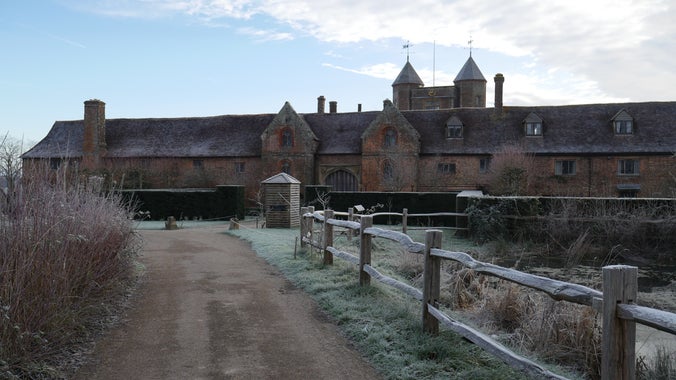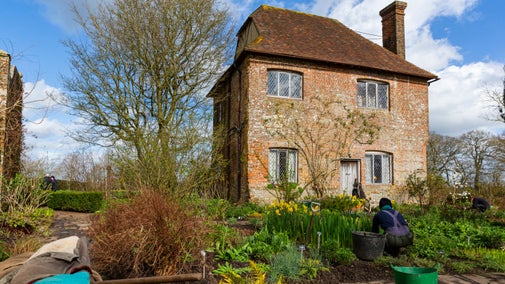
Become a member
Join today and help protect nature, beauty and history – for everyone, for ever. Enjoy access to more than 500 places with National Trust membership.
Historic, poetic, iconic: a refuge dedicated to beauty. Vita Sackville-West and Harold Nicolson fell in love with Sissinghurst Castle and created a world-renowned garden.
Biddenden Road, near Cranbrook, Kent, TN17 2AB

There are lots of things to consider whilst planning your visit to Sissinghurst Castle Garden. Whether it's your first visit or your 100th, find out all the need to know information here.

The South Cottage reopens to the public between 5 January - 25 February 2026. Immerse yourself in a day in the life of Vita Sackville-West and Harold Nicolson in 1936 - set against the backdrop of the Abdication Crisis, significant 20th century politics, Sissinghurst's garden design, and personal loss. Open daily subject to volunteer availability. Find out more here.

Start the New year off by learning new and invaluable skills from our expert team of vegetable gardeners as they guide you through how to create your own vegetable plot and apply sustainable practices such as 'No-Dig' to your garden at home. Workshops availble from £20. Find out more here.

Download your map of the estate here before you set off on your adventure.
For the first time, diplomat Harold Nicolson's role in the fortunes of post-war Greece takes centre stage in this landmark exhibition. Discover his first-hand accounts of the 1919 Paris Peace Conference, his relationship with Greek Prime Minister Eleftherios Venizelos, and how his travels inspired his iconic home and garden here at Sissinghurst.

Sissinghurst Castle Garden is a one pawprint rated place. Dogs are welcome so you can feel at ease when strolling through the estate. Here's some useful information to help you enjoy your walk.

All aerial activity above our sites is prohibited unless specific permission is granted, according to an existing byelaw.

Visiting as a group to Sissinghurst Castle Garden couldn’t be easier; here’s how to arrange a group visit.


Join today and help protect nature, beauty and history – for everyone, for ever. Enjoy access to more than 500 places with National Trust membership.